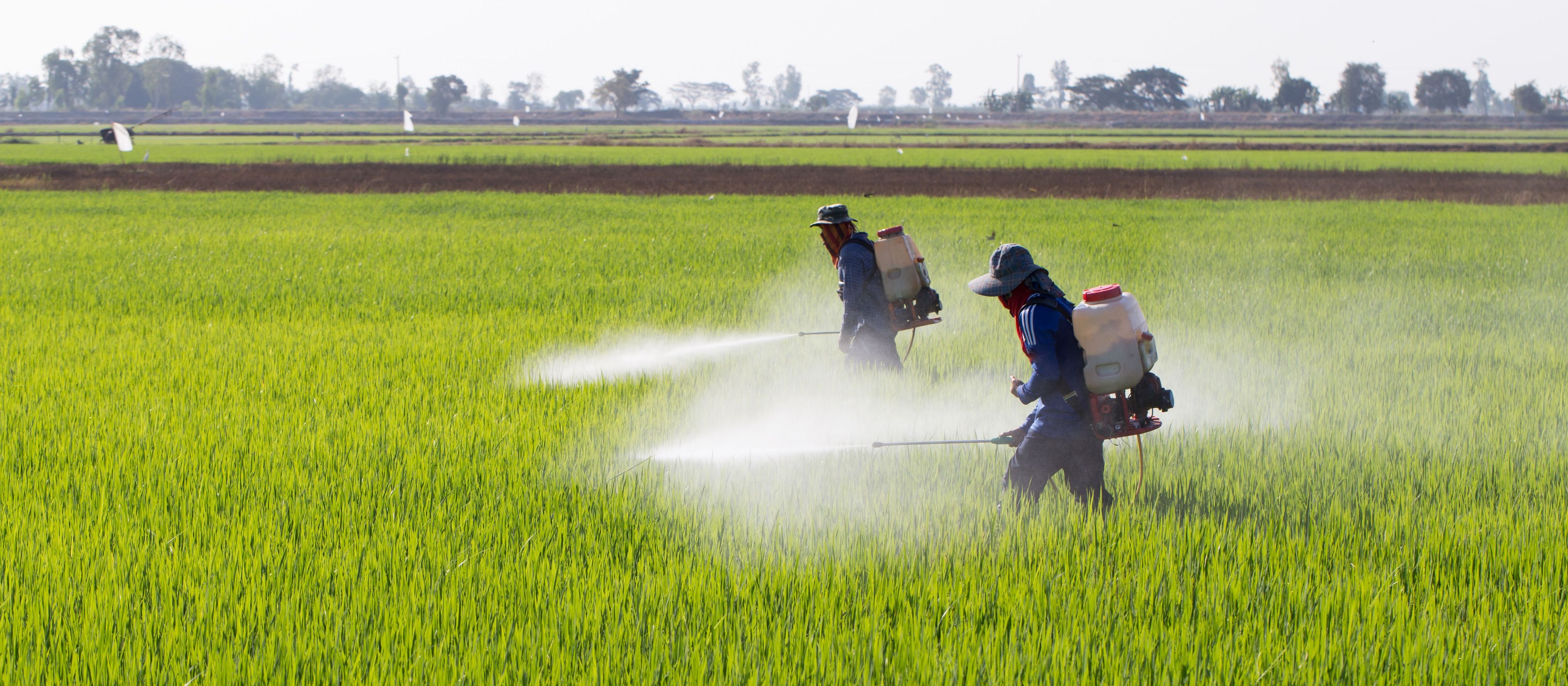The widespread natural poison is found everywhere, including air, soil and tap water, and is not removed by water treatment plants, but only observed and measured.
Natural xenobiotic
Similar to lead, arsenic is referred to the class of xenobiotics, chemical substances of no value to any living organism. On the contrary, xenobiotics have deep destructive and lethal effects. But if lead contamination can be called “manmade”, being a result of technological progress, arsenic is naturally spread all over the world. This natural distribution is uneven, which is why some regions are under particular threat of arsenic emissions. It happens when geological sources of arsenic are located close to the ground waters. Mining industries and agriculture with its wide pesticide usage add more sources of arsenic contamination.
Despite arsenic being known to mankind over a period of hundreds of years and awareness of its extreme toxicity is very high, there is still a lack of extensive studies of the association between continuous exposure to low concentrations of arsenic and the development of cancer. The World Health Organization acknowledged inorganic arsenic as a confirmed carcinogen.*
Dark mysteries of the most popular poison
The signs of arsenic poisoning look very much like flu. Through the centuries, it has been a remedy to many diseases as well as a weapon for criminals, as it is highly toxic in small doses and is not possible to notice in food. Originally, official medical practices were not able to distinguish a premeditated arsenic poisoning from the foodborne disease. Arsenic distribution has been highly regulated over time and medical diagnostics have now evolved to the ability of the precise arsenic attribution. Nowadays, arsenic compounds are still used to treat some forms of leukaemia.
Arsenic comes with drinking water
Arsenic has no smell and no taste, which is why to know the level of arsenic contamination you should research on your own or access the official tests of your water supply station. Arsenic has a very low absorbtion through skin but can be easily inhaled. Most dangerous is intake with water and food. It attacks multiple organs and systems, accumulates over time and causes constant digestive issues, sore throat and darker skin. In case of long-term exposure to low doses of arsenic one may face symptoms like tingling in fingers, abdominal pain, nausea and vomiting. As there is no remedy, the best way to deal with it is to prevent the intake at all.
Filtering arsenic is tricky
The element can form numerous compounds. The most toxic for humans are inorganic ones. They do not only differ in their effects as trivalent arsenite is estimated to be 2 to 10 times more toxic than pentavalent arsenate**. It is important to understand that various arsenic compounds require different techniques when filtering them out of drinking water.

 EN
EN
 LT
LT
 RU
RU

